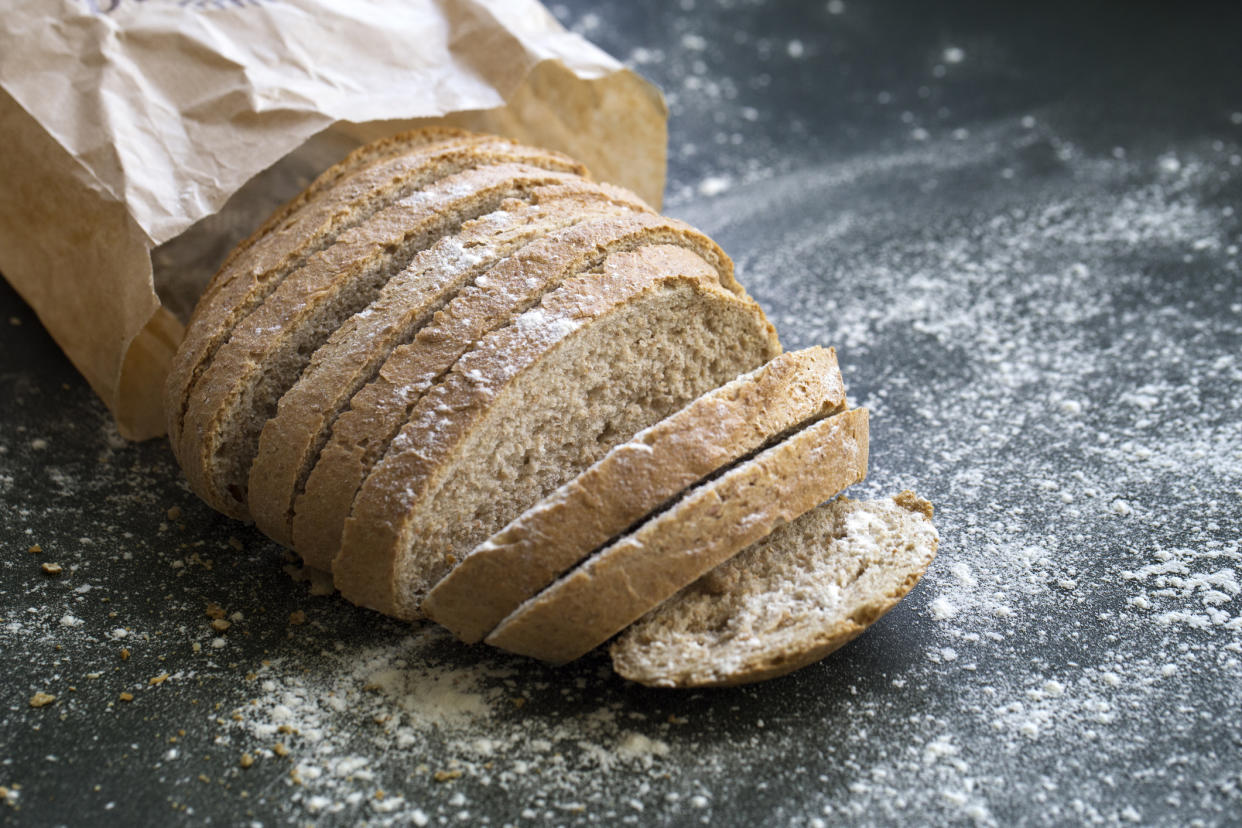'Shrinkflation' sees more than 200 products like bread and chocolate bars get smaller yet cost the same

What have chocolate bars, loaves of bread and boxes of cereal all got in common?
They’re some of the products most affected by so-called ‘shrinkflation’, official figures have revealed.
Shrinkflation is when prices stay the same despite products becoming smaller.
New data from the Office for National Statistics (ONS) has revealed that 206 products shrank in size between September 2015 and June 2017 – compared to just 79 that got bigger.
Most size changes occurred in food and drink, the ONS said, making up 70% of size reductions and 71% of size increases.
The biggest changes could be seen in bread and cereals, meat, and sugar, jam, syrups, chocolate and confectionery.
MORE: Report into ‘filthy’ HMP Bedford reveals inmate was spotted catching a rat during prison inspection
MORE: Miracle puppy: Chihuahua weighing just 1lb survives after being snatched by hawk and dropped from sky
The non-food categories with the most size increases and reductions were appliances and products for personal care, including items like toilet rolls, nappies and tissues, and non-durable household goods like kitchen roll and washing up liquid.
Mike Hardie, head of inflation at the ONS, said: “Over the last few years, consumers may have noticed that some companies have reduced the size of their products while the price remained the same, which is often attributed to operational and material cost rises.

He said: “Our updated analysis of this subject indicates which type of products have decreased in size.
“The majority of size changes occurred in the food and drink sector. Every day staples such as bread and cereal are most likely to have seen reductions in size, while consumers may also find some chocolate products to be smaller now than they once were.”
But despite saying manufacturers blaming the drop in size on the rising cost of raw materials, the ONS dismissed Brexit as a factor, saying the shrinkflation trend had remained ‘stationary’ in the period after the EU referendum.

 Yahoo News
Yahoo News 


